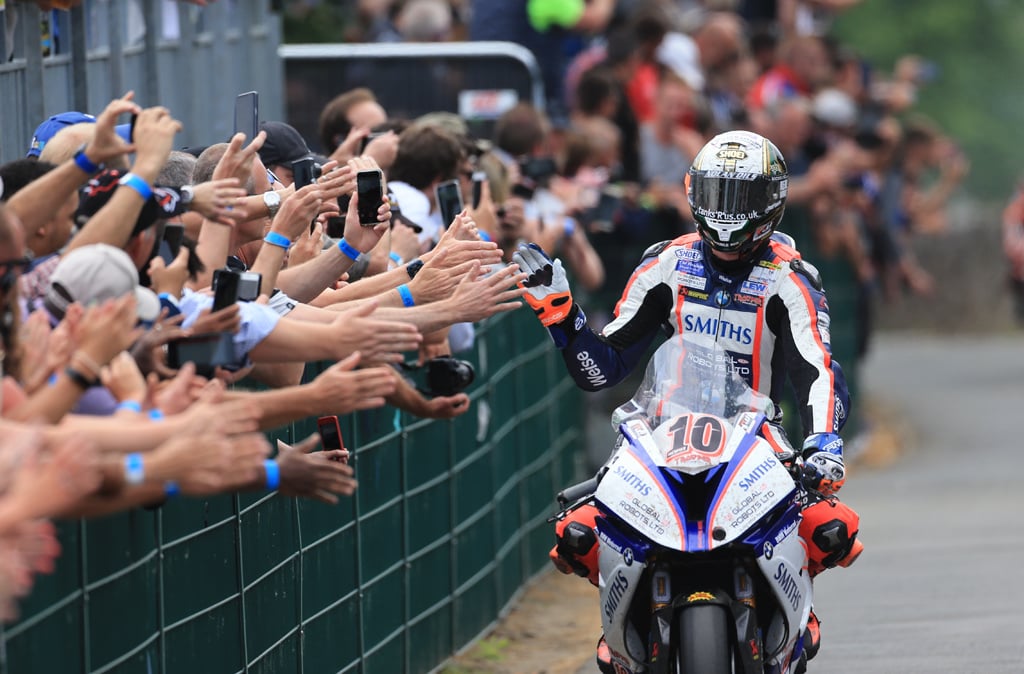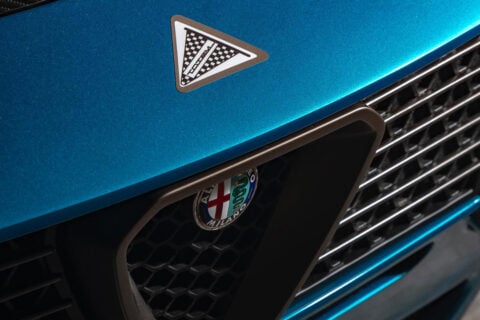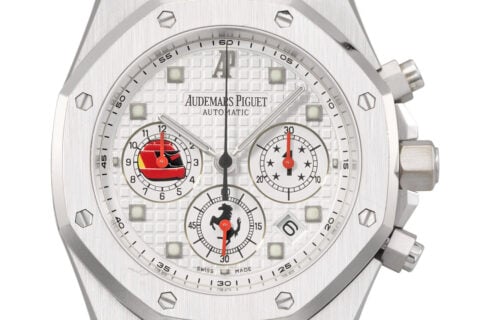Participating in any type of sport comes with a certain level of risk, but few sports, or even motorsport activities have a life threatening undertone as strong as the International Isle of Man TT motorcycle road racing event. Fatal accidents happen almost every year, yet, the life gambling fact seems add to the competition’s allure rather than put off the thrill seekers. Over 100 years since its inauguration, many challengers still throw themselves onto the isle each summer, with some going year after year.
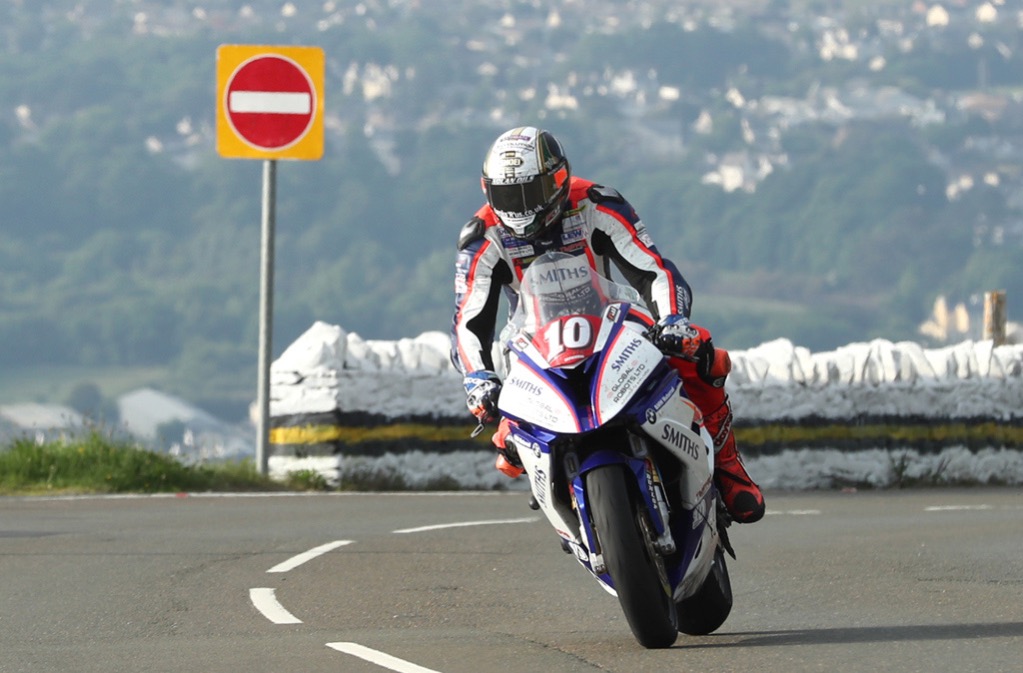
The Tourist Trophy, more commonly known as the International Isle of Man TT, first took place in 1907 in the form of the International Auto-Cycle Tourist Trophy, only a few years after a ban of racing on the highways and roads of Britain was installed on the mainland.
The 1907 race saw competitors sprinting on the Isle of Man St John’s short course of 15 miles, emphasising the road touring nature of motorcycles and, with regulations for saddles, pedals, mudguards and exhaust silencers. Charlie Collier was the winner of the single-cylinder class and overall winner, completing 10 laps on a 3½ hp Matchless in 4 hours, 8 minutes and 8 seconds and at an average speed of 38.21 mph. Rem Fowler took the trophy of the twin-cylinder class, riding a Norton at an average speed of 36.21 mph.
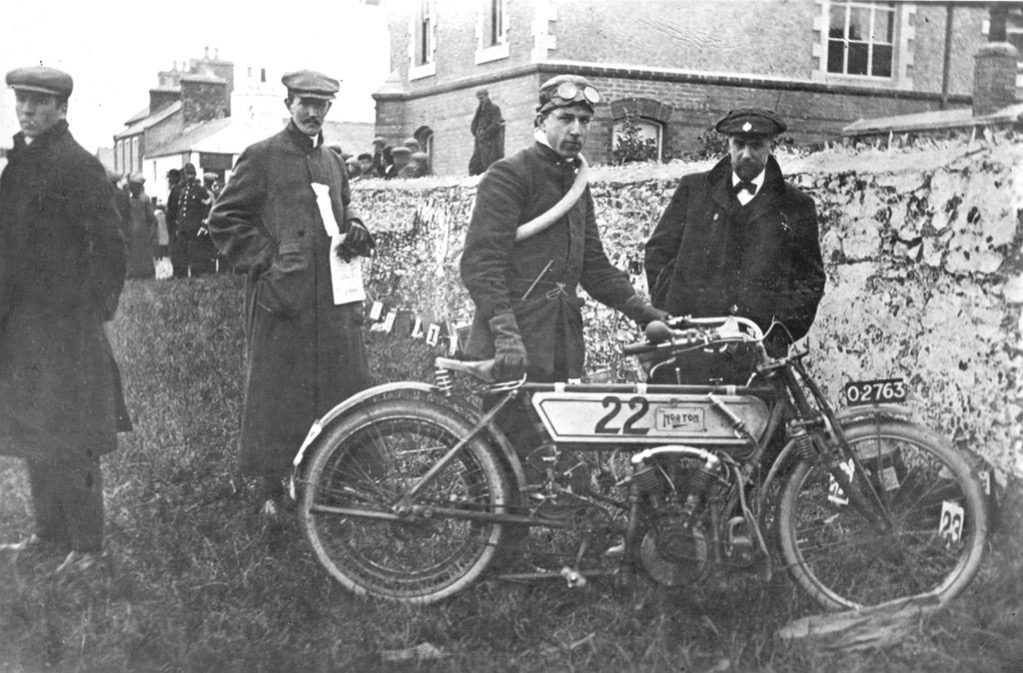
In 1911 the race event was moved to the longer Snaefell Mountain Course of 37.5 miles, which is still the location for now but just slightly extended to 37.73 miles. The new route ran from Douglas, the capital of the isle, south to Castletown and then north to Ballacraine along the A3 primary road then returning to the start at Douglas, with the seven mile climb between the Ramsey and the Bungalow was particularly demanding. Grandstands were set up for the spectators for the first time.
The late 1950s and early 1960s were considered the golden era of the TT. Riders such as John Surtees, Mike Hailwood, Giacomo Agostini, Phil Read and Jim Redman were competing with unmatched ferocity, the battles were often exciting and entertaining to watch. Up until this point, the TT was dominated by British-made motorcycles from makers such as Matchless, Norton, Royal Enfield and Triumph and more, as well as well their American and European counterparts including Indian, NSU and later MV Augusta and BMW. The first “Made in Japan” bike joining the series, Honda, made its first appearance during this era.
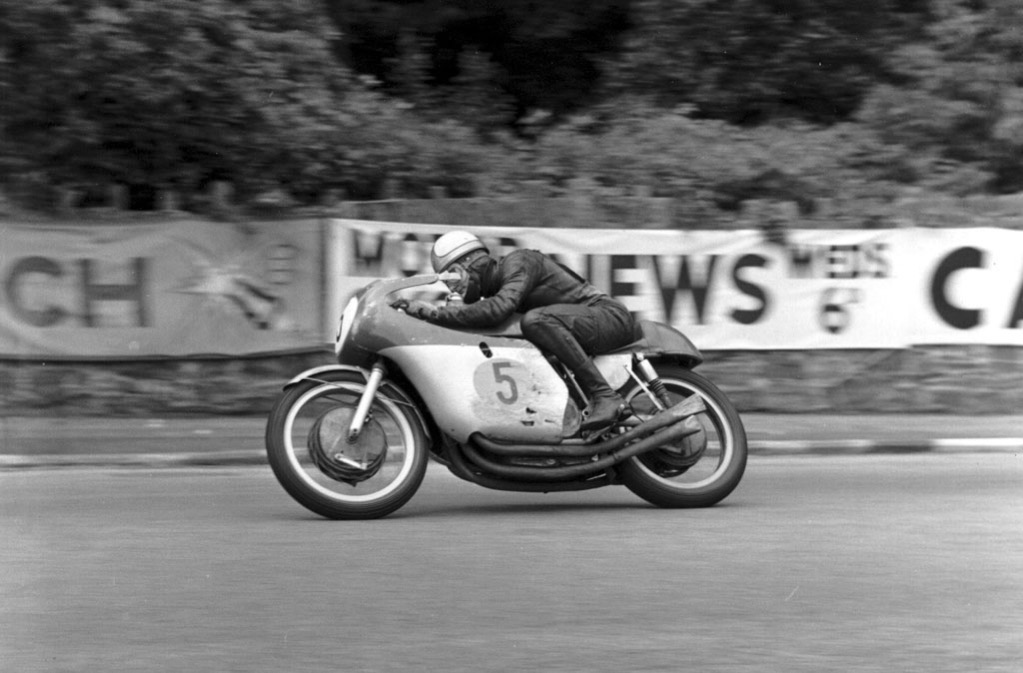
Mike Hailwood stood out from his peers as he became the first rider to finish with three wins in a week in 1961. He took the Lightweight 125 cc and 250 cc trophies on a Honda and the Senior 500cc race on a Norton. He would later battle Giacomo Agostini in the 1967 Senior TT — a moment considered by many as the greatest ever race in the history of the event — while setting the lap record at 108.77 mph, and later had five consecutive Senior titles and 14 trophies in total. However, if only one rider is to be mentioned and memorialised along the Isle of Man TT, it would probably be Joey Dunlop, gaining 26 wins over different classes in the span of 1976 – 2000.
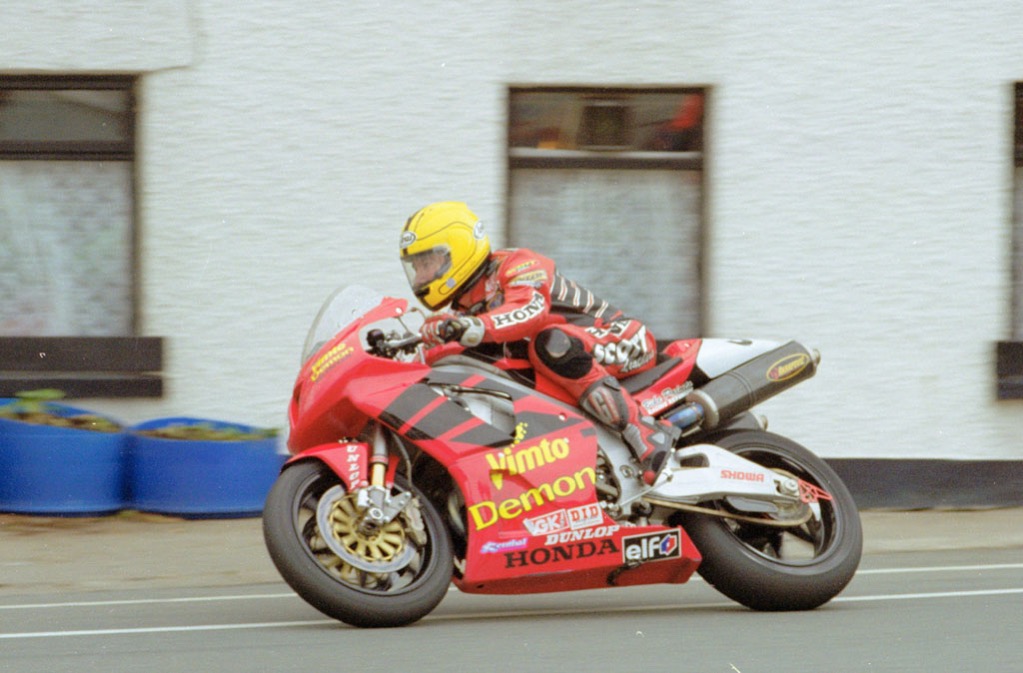
Over the years the format of Isle of Man TT hasn’t really changed. From the beginning it has been a time trial, and recently riders start off one by one with between intervals of 10 seconds, meaning the riders are not set in a competition vibe as much as in other races and it could feel like they only have themselves to compete against, and concentration is the key in shifting around in these highly demanding streets. There are seven race classes in total, namely Superbike, Superstock, Supersport, Lightweight, Senior, Sidecar and TT Zero for electric machines.
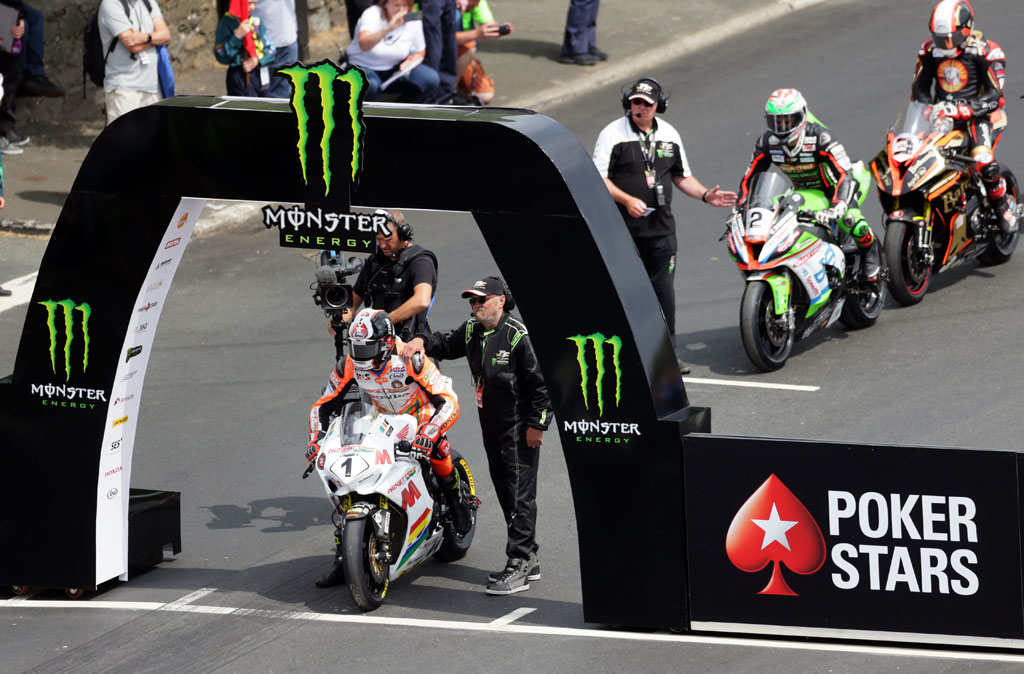
This year’s Isle of Man Festival took place from 26 May to 8 June, with the first week being the practice sessions followed by one week of racing. The recent racing TT hero, the 23-time winner John McGuinness, was missing from the event as is still recovering from a crash in last year’s race. It doesn’t mean the 2018 event was any less stimulating as records were broken in all classes. The highlight definitely was the new lap record of 135.452 mph, created by Senior TT class winner Peter Hickman who rode a BMW S 1000 RR.
Another champion this year was Michael Dunlop, nephew of the most wins record holder Joey Dunlop, who took three trophies from the Superbike, Supersport and Lightweight classes. His record of 18 wins over the years puts him in the third place with most TT wins, after his uncle with 26 wins and the absent John McGuinness with 23 wins.
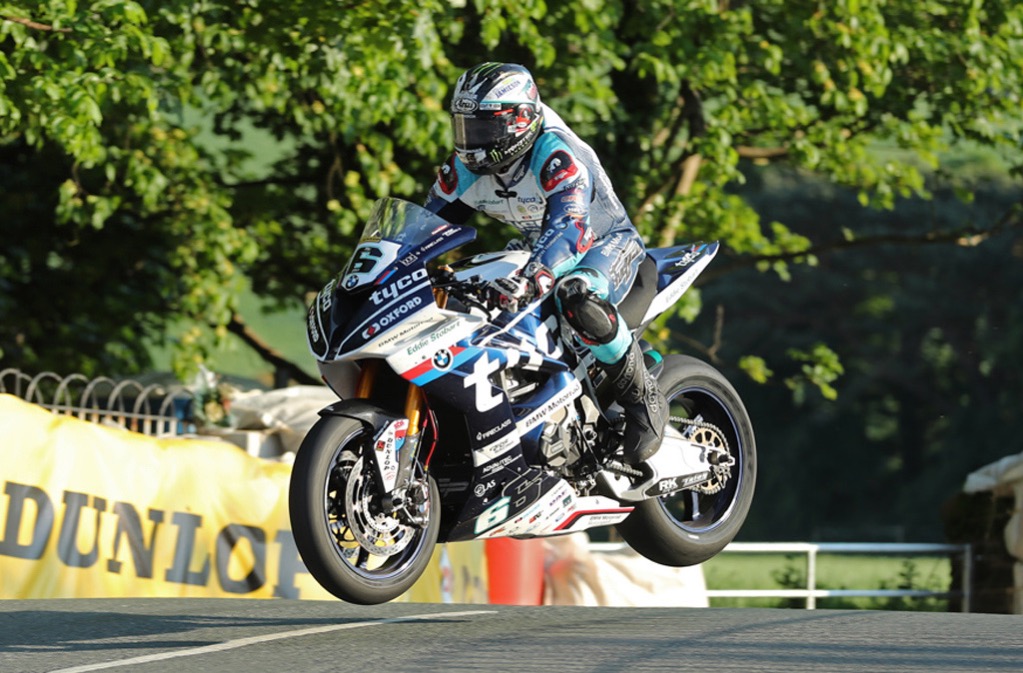
Unfortunately the event claimed two lives this year, making the total number of fatalities on the Snaefell Mountain Course near 260 including both racers and bystanders. Discussions on how to keep the race safe comes to the spotlight yearly after the event’s closure, but it is difficult to introduce additional safety measures or regulations without altering the route of narrow and windy public roads. The tradition will continue either way and we salute those who dare to bet everything on the thrill of the TT, past, present and future.
